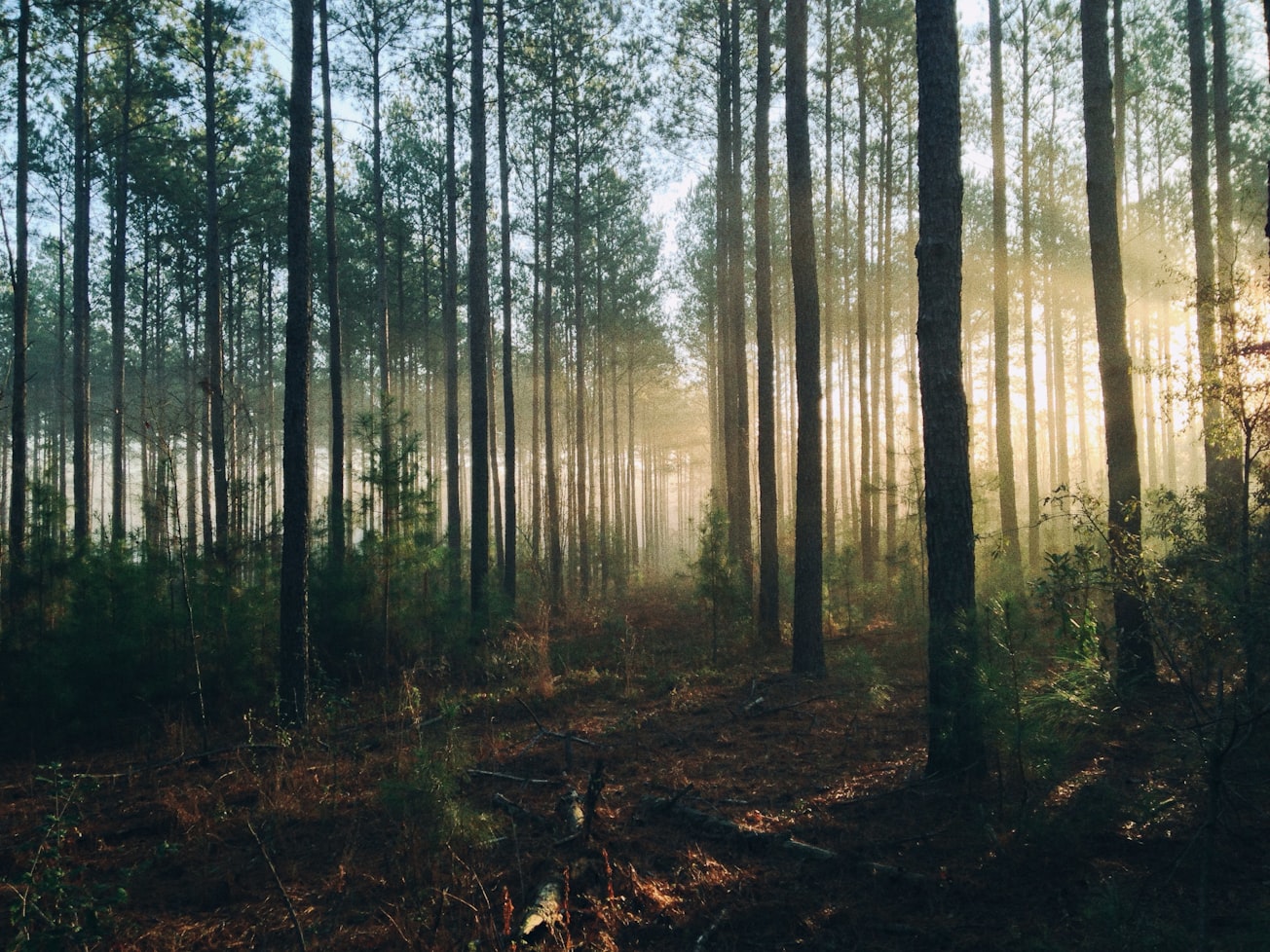What is it about?
We assess the various structural models proposed for glossopterid seed-plant reproductive organs over the past 150 years. Using new material preserved as impressions, compressions, and permineralizations from across Gondwana, we show that these organs were flattened structures with seeds borne only on the lower surface, which faced the subtending leaf. We argue that the reproductive organs of this group are consistent with the 'Florin model' of gymnosperm architecture in that the seed-bearing organs were coalesced and planated branch systems positioned in the axil of the subtending leaf.
Featured Image

Photo by Steven Kamenar on Unsplash
Why is it important?
The revised interpretation of glossopterid reproductive structures highlights similarities with the basic reproductive architecture of coardaitaleans and conifers, with the exception that glossopterid seeds are borne abaxially on the fertile organ, whereas in conifers they are borne adaxially. The revised architectural interpretation, together with further insights from vegetative characters will ultimately contribute to the testing of new phylogenetic models for seed-plants.
Perspectives
This paper is part of a long-term project to revise the systematics, stratigraphic ranges, and geographic distribution of all genera used for glossopterid reproductive organs.
Prof Stephen McLoughlin
Swedish Museum of Natural History
Read the Original
This page is a summary of: The architecture of Permian glossopterid ovuliferous reproductive organs, Alcheringa An Australasian Journal of Palaeontology, October 2019, Taylor & Francis,
DOI: 10.1080/03115518.2019.1659852.
You can read the full text:
Contributors
The following have contributed to this page










